Huge potential and alternative to more dangerous cars: how the future of e-scooters was discussed in Moscow
The present and future of regulation of the use and location of personal transporters were discussed at an international conference in Moscow
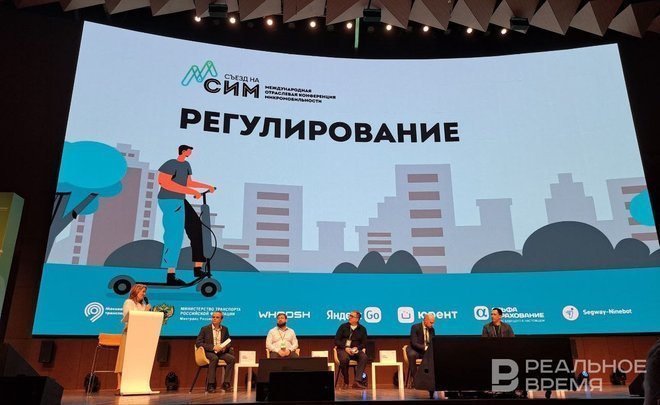
If earlier the arrival of birds used to symbolise the coming of spring, now the appearance of e-scooters in city streets speaks about its accession. E-scooter rent services people have a contradictory opinion about their operation in Russia and that are prohibited in Paris in general gained momentum among citizens living at a high speed and who don’t want to lose time. Experts believe the future lies with them. The French scenario isn’t going to repeat in Russia, since here the model is anyway different, more systematic. Read in Realnoe Vremya’s report about what the Ministry of Transport and Russia’s Ministry of Internal Affairs think about personal transporters, if Kazan can transmit its experience of working with e-scooter rent services nationwide and why e-scooters are safer than cars.
To save up to 70 hours a year
The present and future of e-scooters and other personal transporters were discussed at an international micromobility conference in Moscow on 6 April. The conference gathered representatives of both federal authorities — Transport Ministry, Construction Ministry and Internal Ministry — and regional authorities — Moscow and Saint Petersburg, key market players — Whoosh, Urent and Yandex Go, experts from different sectors. And all of them are sure — the future lies with scooters.
Director of the Department of State Policy on Cars and Urban Passenger Transport of Russia’s Transport Ministry Sergey Semyonov reminded the audience that e-scooters were at the moment considered as personal transporter whose popularity was gaining speed. A person can save up to 70 hours a year with their assistance, which isn’t little.
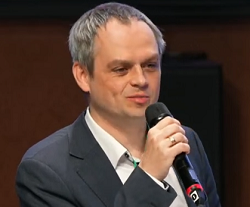
Infrastructure is one of the hot-button issues for personal transports. Pedestrians and personal transporter users often have conflicts. According to Sergey Semyonov, only traffic flow division will help avoid them. In other words, it is necessary to develop bicycle lanes whose length is just 5,000 km now in the country, whereas in Germany, for example, they total 83,000 km.
“We should look for an analogue. As I have already said, the development of bicycle infrastructure will allow dividing flows of road users that have different speeds. Consequently, experts estimates Russia should likely have at least 100,000 km to divide these flows,” the speaker claimed calling cities upon “considering this circumstance” and factor in bicycle lanes to infrastructure development plans.
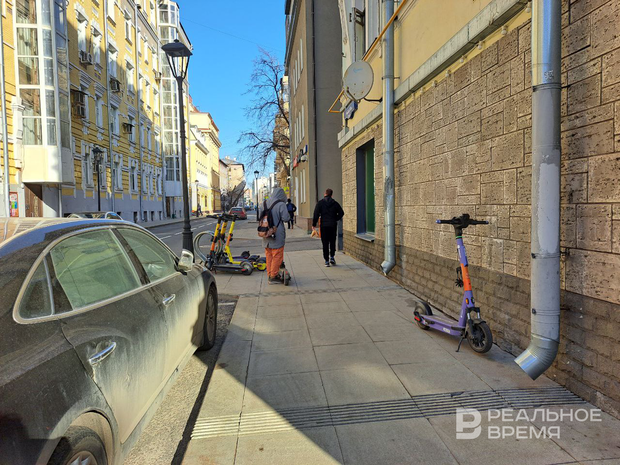
Sergey Semyonov claimed that in 2022 Russians had over 100 million e-scooter trips. Moreover, more than a quarter of them — 26 million — were in Moscow.
“I can say for sure that we welcome the development e-scooter systems because in fact users of the e-scooter sharing system, like it or not, are more disciplined road users because e-scooter sharing has a speed limit (25 km/h), limited speed sections and so on,” claimed Sergey Semyonov.
Legal regulation of e-scooter parking falling behind
Parking is the next infrastructure issue. This spring, the Russian government’s Institute of Legislation and Comparative Legal Studies considered a petition of the Association of Micromobility Operators and made a statement on regulation of location of e-scooters in cities. Experts indicated that the scope of application of the Cabinet of Ministers’ decree No. 1,300 and Law on Trade didn’t apply to personal transporters, whereas authorities in some regions used precisely them.
As acting head of the Laboratory of Legal Regulation of Information Technologies and Information Protection of the government’s Institute of Legislation and Comparative Legal Studies in the Russian government Pavel Kabytov reminded the audience, apart from road traffic rules, there weren’t any norms on e-scooter sharing services at federal level until recently. Though the same road traffic rules regulated “a variety of issues” arising due to their use and location with some restrictions.
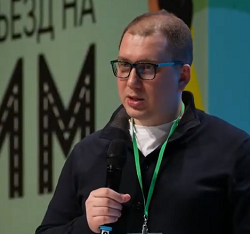
The absence of federal norms led to a situation in which regions and municipalities have a series of approaches to regulating the parking of e-scooters on their territory. Different opinions can be found in courts too.
In general there are four models. The first one envisages that an e-scooter is location at the rent point, which implies some approval of this point and getting land. The second suggests that it is a mobile trade facility, the third one says it is an agreement between authorities and e-scooter sharing services, the fourth — integrated municipal regulation, including within duties in territory improvement. Precisely the first two options are widely spread, though, as Pavel Kabytov says, they cause a lot of questions about their application in theory.
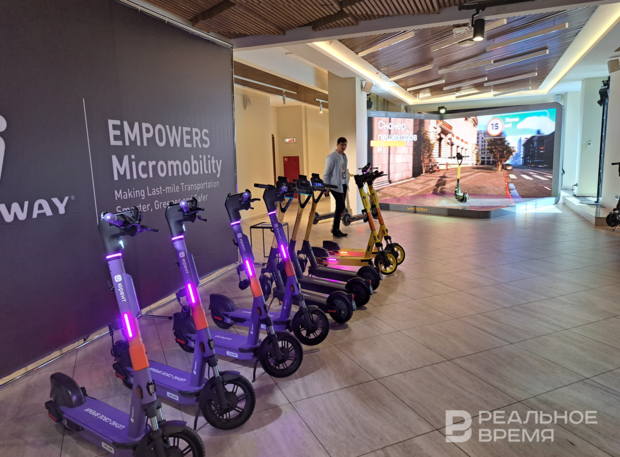
He paid attention to the fact that e-scooter sharing isn’t trade, scooter rent is obviously not linked with the sale of products, while a mobile trading facility is always an activity related to the purchase and sale of goods. The expert called the practice of regions using norms of regulation of mobile trading facilities to the parking of e-scooters questionable, though it can exist.
Way of increasing road safety
Sometimes sad consequences of using e-scooters were discussed too. Head of the Road Safety National Centre of Russia’s Ministry of Internal Affairs Dmitry Mitroshin stated that the number of accidents with personal transporters grew annually, the amount of deaths, victims increased too. However, the Ministry of Internal Affairs finds a logical explanation for the statistics and is quite calm about e-scooters.
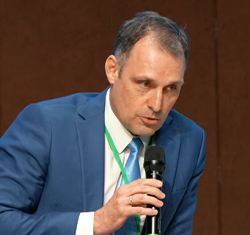
He called the development of micromobility as one of the ways of increasing road safety. It is part of the creation of the transport system layout, which is a global trend.
Then he voiced four-year statistics on road accidents with personal transporters noticing that they included not only e-scooters but also motor bikes and e-bicycles. In 2022, there were over 900 accidents of this type in Russia where nearly a thousand people were injured, 19 died. To compare, only seven citizens became victims in 2019 and 2020.
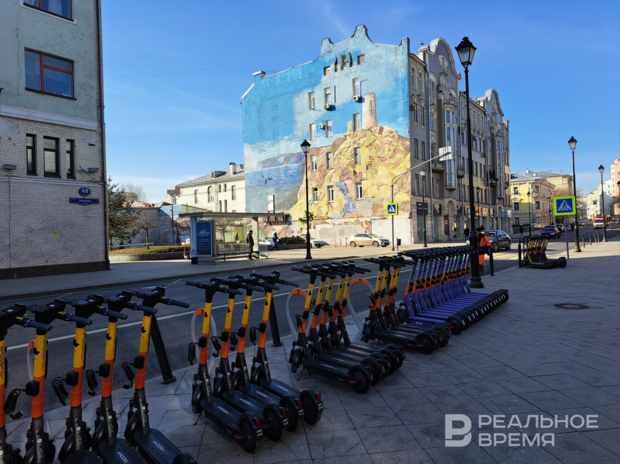
Doctor of Technical Sciences, Professor of Automobiles Department of Moscow State Automobile and Road Technical University Vitaly Gayevsky backed Dmitry Mitroshin’s idea. According to his estimates, e-scooters are by far safer than cars.
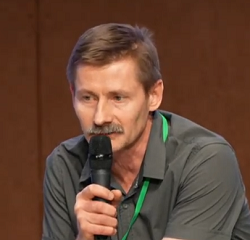
Vitaly Gayevsky explained that the use of small vehicles, including e-scooters in his opinion, is growing exponentially. Their sales are increasing, the fleet of e-scooter services is expanding. So according to the information he provided, couriers travelled a million kilometres a day using e-scooters and e-bicycles in 2022.
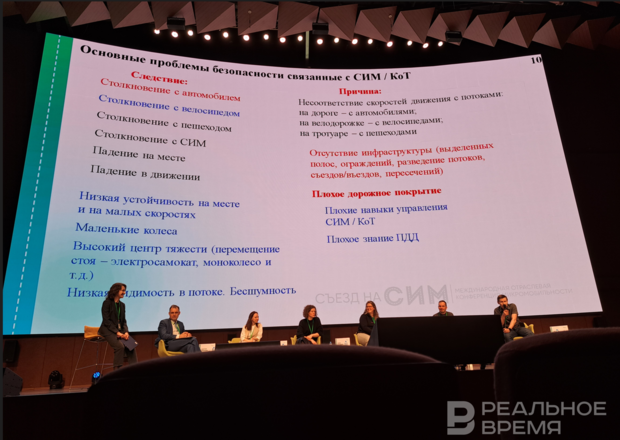
About experience of Kazan and Paris and example of Chelny
Though Kazan is Russia’s third capital and a city where e-scooter services are developing and plan to expand their activity, including in places far from the city centre, it didn’t present its experience at the conference. However, founder of Whoosh Dmitry Chuiko believes that it could do it.
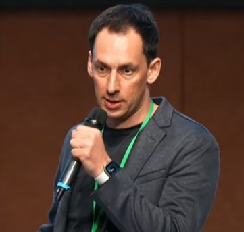
The experience of Saint Petersburg was paid attention. And it is no surprise that a scandal with e-scooters drawing the attention of the Russian Investigative Committee broke out there several years ago. Now not only other Russian regions but also some European countries resort to the example of the northern capital.
As for European countries, the experts couldn’t help but bypass the high-profile ban of e-scooter sharing in Paris. In their opinion, such scenario was impossible in Russia.
“We and our colleagues think that in Russia we work in a more correct model than operators in Europe when, in fact, e-scooters are scattered everywhere. We anyway work with specific parking spaces. This seriously helps the city in putting all this traffic in order. It is no secret that a story about Paris with banned scooters was recently in the news. Media representatives have asked me in the morning what I think about Russia. I think that here the model works in a more correct way. We built it with cities correctly from the very beginning. When we opened in 2019, the city told us then: ‘Look, we have seven parking areas we have been building since 2014, use these parking areas.’ We were very sad first, then we thought and decided: ‘Why not?’” Dmitry Chuiko said.
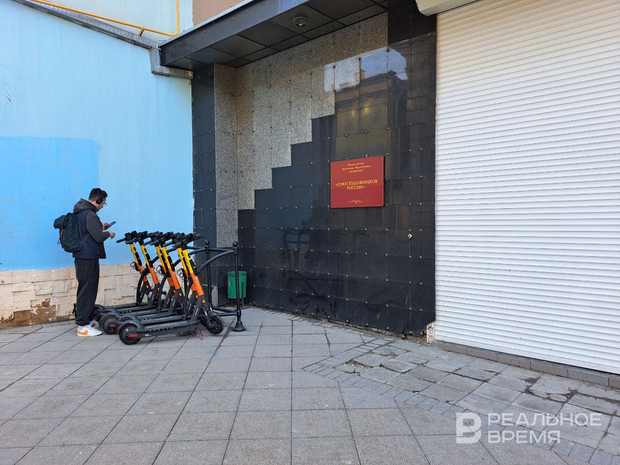
At the same time, regulations in cities should improve, especially from a perspective of providing parking to e-scooters. If we develop organically in the future, it will be possible to avoid such problems as in Paris, he thinks.
“Our main vision is that the main framework was created and it is good. Now it needs to be adapted in every specific city and not to go overboard with bans,” claimed Dmitry Chuiko.
Tatarstan came to their mind on the stage at that moment. For instance, they decided to put an example of one of the cities with a headline-making story about e-scooters last season.
“Like in Naberezhnye Chelny, for example,” moderator of Regulation session, Director of Moscow’s Transport Museum Oksana Bondarenko added.
The speaker, in turn, claimed in reply that “there are different examples” and continued saying that there shouldn’t be too many bans. Including on the speed of e-scooters. In general as a representative of an e-scooter business he is happy with the restrictions imposed by Russia’s authorities.